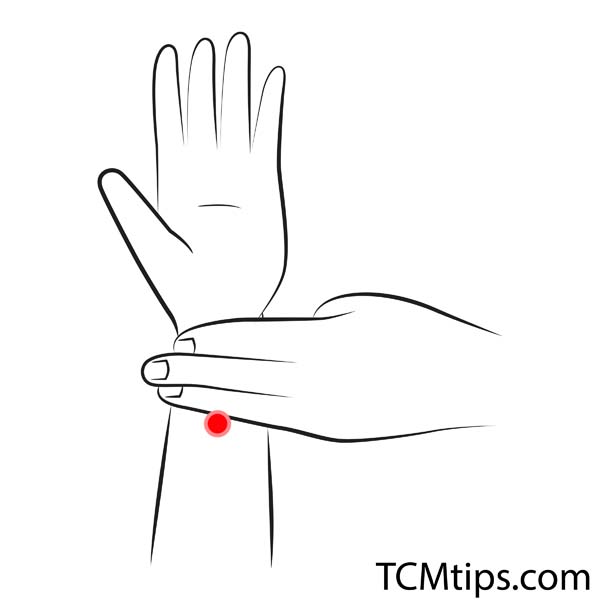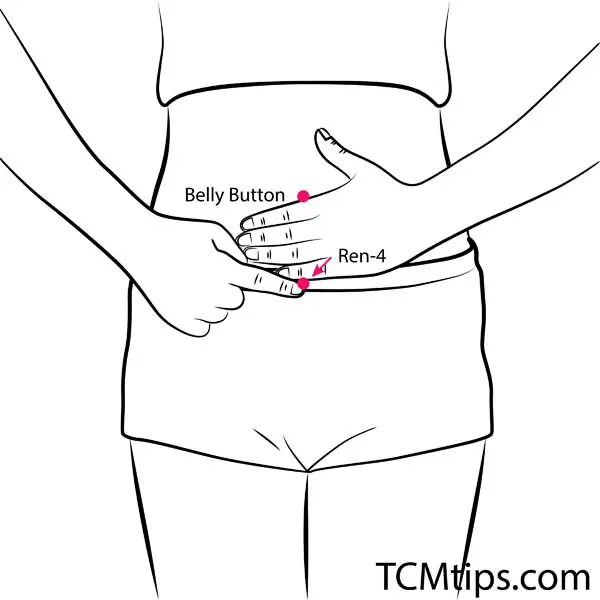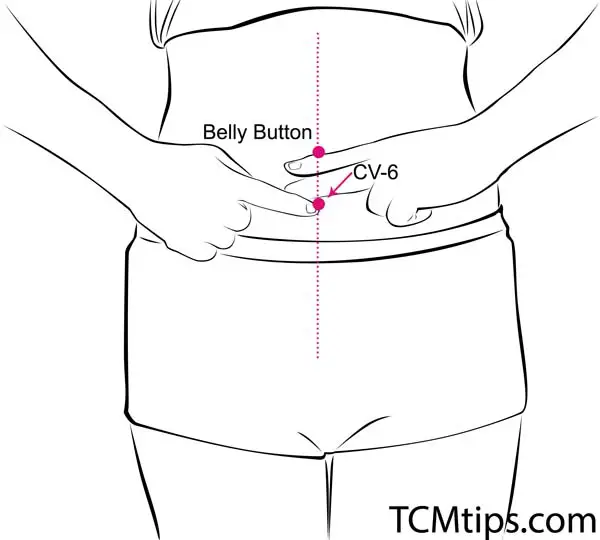Heart valves related diseases are very common and relatively serious. There are several types of heart valve diseases including:
– Mithral valve prolapse
– Aortic stenosis
– Pulmonary valve stenosis
– Tricuspid valve stenosis
– Endocarditis
– Rheumatic heart valve disease
There are many symptoms of heart valve diseases, but some of the most common ones include shortness of breath, chest pain, coughing, and wheezing.
One of the common health valve diseases is the mitral valve prolapse. Mitral valve prolapse is a condition in which one or more of the heart’s mitral valves (the mitral, aortic, tricuspid, or pulmonic valves) don’t close properly.
Normally, heart valves open and close with each heartbeat, allowing blood to flow through the heart chambers and to the rest of the body. But in people with mitral valve prolapse, the valves’ flaps bulge (prolapse) back into the atrium or ventricle — the upper or lower chambers of the heart.
There are a number of heart valve damages that can be seen in the population and there is a great deal of interest in finding non-invasive methods for treating heart valve issues like acupressure.
How To Use Acupressure For Heart Valves
Acupressure is an ancient healing art that has been used for centuries to treat a wide variety of ailments, including heart valve diseases.
Acupoint: PC-6 (Other Names: Pericardium-6/Nei Guan/Inner Pass)

The acupoint PC-6 is known as “Nei Guan,” which means “Inner Pass.” One of the most popular acupressure points for heart valves, the PC-6 is used primarily to treat insomnia, nausea, and calm the “Shen”.
PC-6 is situated on the palm side of the wrist, a few inches toward the body, between the two tendons that run along the center of the forearm (palmaris longus & flexor carpi radialis). Place three fingers over your wrist, starting at the wrist crease, and look for the point where this line connects the two tendons.
PC-6 is a useful acupressure point for heart valves and is the go-to acupuncture point for treating nausea, vomiting, heart failure, and chest pain. This acupressure point has acquired popularity due to its ability to alleviate medical conditions such as morning sickness, seasickness, motion sickness, post-surgical nausea, and chemotherapy-induced vomiting.
Indeed, PC-6 has become such a popular acupressure point to improve heart health that there are bands designed particularly to apply pressure to this spot.
A clinical study was conducted in 2015 on patients to investigate the myocardial protective effect of electroacupuncture at Neiguan (PC-6) in patients undergoing heart valve replacement surgery. This study showed a relation between acupuncture and heart valve disease and it was concluded that electroacupuncture at Neiguan (PC-6) reduces oxidative stress injury, reduces the risk of coronary artery disease, and has a protective effect on ischemic reperfusion of the myocardium.
A study reviewed that in Chinese medicine, PC-6 is often recognized as the most important acupressure point for heart valves used for treating heart and chest pain. PC-6 has been shown in clinical studies to improve cardiac function, increase myocardial contractility, increase coronary artery blood flow and myocardial oxygen supply, and alleviate angina pectoris. PC-6 is extremely good at relieving discomfort and is one of the acupressure points for good digestion during menopause.
Acupoint: LI-4 (Other Names: Large Intestine-4/He Gu/Joining Valley) and Acupoint: Liv-3 (Other Names: Liver-3/Tai Chong/Supreme Rush)

The acupressure point “LI-4”, is represented in Mandarin as “He Gu” and in English as “Union Valley.” One of the useful acupressure points for heart valves, the LI-4 is also used for relieving pain, headaches, and clearing out the intestines.
It is found on the dorsal hand between the thumb and pointer finger, on top of the mound formed when the thumb is pressed tightly on the finger between the first and second metacarpal bones.
LI-4 is placed at the peak spot close to the thumb if the thumb and pointer finger are pressed together. LI-4 expels wind and releases them outside, tones qi and improves immunity, relieves pain, controls the face and head area, and induces labor.
The acupressure point “Liv-3”, is represented in Mandarin as “Tai Chong” and in English as “Supreme Rushing.” This critical acupressure point for heart valves also stimulates the Qi to flow naturally throughout the body and relieves pain and emotional upset.
It is located on the dorsum of the foot, in the depression proximal to the 1st metatarsal space.

Through acupoint Liv-3, Liver Qi is regulated, Liver Yang is subdued, menstruation is regulated, the Shen is calmed, and Liver Yin is nourished. Liv-3 is a crucial and frequently utilized point in conjunction with the LI-4, also known as the Four Gates, to effectively circulate qi and blood throughout the body.
Yuan-Source points are extremely useful in treating disorders of the internal organs. The Yuan (Primary) qi of the Zang-Fu organs passes through and remains at Yuan-Source sites.
Performing acupressure and acupuncture at the Yuan-Source points increases the vital energy of the regular meridians, regulates the functional activities of the internal organs, strengthens antipathogenic factors, and eliminates pathogenic elements.
According to the findings of one study, acupuncture has a cardio-suppressive effect when applied to the Hegu (LI-4) point.
Stimulating either the left or right side of the LI-4 Hegu acupoint increases the change ratio of mean blood flux from the heart. The combination stimulus of acupoints Liv-3 and LI-4 is known as “The Four Gates,” and it is commonly used to stimulate the circulation of “Qi” and blood throughout the entire body and can also provide beneficial acupressure for heart valves.
In combination with BI-10, LI-4 is used as a heavenly pillar acupressure point to relieve various aches. The acupoint Liv-3 also serves as one of the acupressure points for anger management.
Acupoint: Ren-4 (Other Names: The Conception Vessel-4/Guan Yuan/Origin Pass) and Acupoint: Ren-6 (Other Names: The Conception Vessel-6/Qi Hai/Sea of Qi)

The acupressure point “Ren-4”, is represented in Mandarin as “Guanyuan” and in English as “Gate of Origin.” The Ren-4 acupressure point for heart valves also nourishes the blood and yin, strengthens the uterus, detoxifies the kidneys, and calms the mind.
The Ren-4 is located on the anterior median line of the lower abdomen, 3 cm below the umbilicus. To locate Ren-4, place your first finger at the lower edge of the naval. Ren-4 will be below the navel, at the edge of your 5th finger.
In patients with a heart condition, there is commonly a lack of tone in the lower abdomen. Even in fit people, a loss of tone can be accompanied by significantly greater tension in the upper abdomen and, on rare occasions, stiffness in the chest that decreases heart function.
Using acupoint Ren-4 to strengthen the lower abdomen can help to balance and relieve stiffness farther up the chest, which can make a big impact on how the patient feels.
This is because the lower abdomen is our center of gravity, and it is here that meditators commonly focus their minds, drawing energy from other parts of the body, particularly the chest, shoulders, neck, and head, and returning it to its source, making you calmer and more stable.

The acupressure point “Ren-6”, is represented in Mandarin as “Qihai” and in English as “Sea of Qi.” It is located on the anterior median line of the lower abdomen, 1.5 cm below the umbilicus. The width of the first and second fingers put together equals this distance. Hold the first two fingers together and lay the first finger on the navel’s lower edge. Ren 6 will be below the navel, on the third finger’s edge.
Ren-6 is often used to treat:
– pain
– diarrhea
– irregular menstruation
– dysmenorrhea
– uterine hemorrhage
– spermatorrhea
– impotence
– enuresis
– hernia
– urinary retention
– urinary tract infection
– intestinal blockage, among other conditions.
An abdominal electroacupuncture treatment at Ren-4 and other acupoints for 6 weeks lowered both diastolic and systolic blood pressure in obese and hypertensive patients, according to the results of a clinical investigation.
The acupoint Ren-4 is also one of the best acupressure points for blocked fallopian tubes since it acts as a direct line to female reproductive health. The two acupoints, Ren-4 and Ren-6 used together can help restore circulation of blood and Qi in patients experiencing heart yang deficiency through acupressure for heart valves after a heart valve surgery. Ren-6 is also one of the most important acupressure points for ovary cysts.

Try our Anti-Aging Gua Sha Tool designed to bring out your skin’s natural glow.
Best Gua Sha Product- Anti-Aging: The tool is designed to target 11 specific aging signs such as wrinkles and sagging skin. By following the 7-step routine, users can improve skin firmness and reduce fine lines naturally.
- Enhances Skincare Routine: It works effectively with serums and lotions, boosting absorption and efficacy of skincare products.
- Visible Skin Improvement: Users can expect a smoother complexion, reduced puffiness, and a more youthful appearance.
 P. Sze
P. Sze 

















